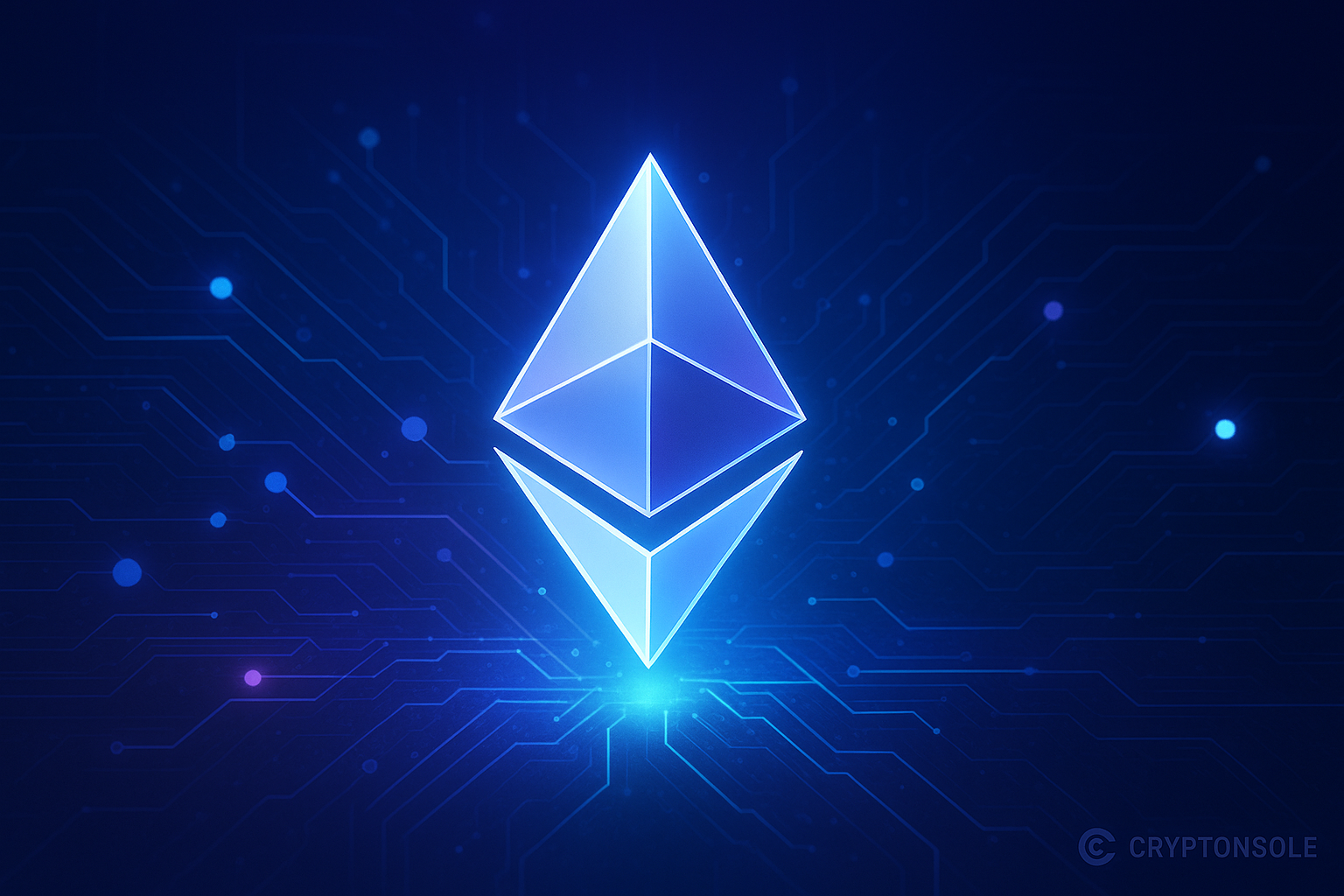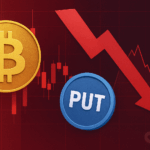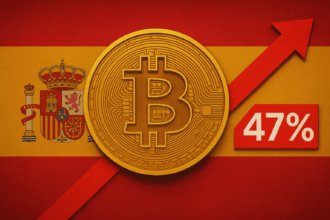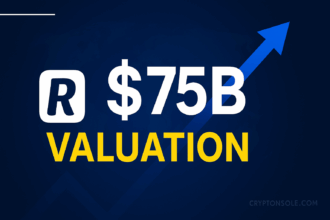Ethereum developers have activated the Fusaka upgrade on the Sepolia testnet, marking a key rehearsal2 for a planned mainnet hard fork in early December that aims to dramatically increase throughput and reduce node storage burdens. The Sepolia deployment is the second staged test following Holesky and precedes a final trial on the Hoodi network.
Lede: what happened
The Fusaka upgrade — a bundle of Ethereum Improvement Proposals (EIPs) centered on data availability and block capacity — went live on Sepolia on Oct. 14 as developers and infrastructure teams tested two headline changes: substantially higher block gas limits and the new PeerDAS (Peer Data Availability Sampling) system, a distributed sampling mechanism that reduces the need for nodes to download or store full block blobs.
Why it matters
If Fusaka performs as expected, it will raise Ethereum’s per-block capacity and enable Layer-2 networks to post data more cheaply and efficiently — potentially lowering transaction costs and improving throughput for rollups and other scaling solutions. PeerDAS in particular is designed to allow nodes to verify data availability by sampling pieces of blob data rather than storing entire datasets, which could materially reduce storage and bandwidth requirements for validators and full nodes.
What the Sepolia test covered
During the Sepolia run, clients and node operators exercised:
- Higher gas limits in block templates to simulate heavier transaction volumes and to observe gas-market dynamics under increased capacity.
- PeerDAS functionality, including distributed columnar sampling and the new validator data-access patterns that PeerDAS introduces.
Developers used Sepolia to surface client bugs, coordination lapses, and to verify interoperability across Geth, Nethermind, Besu, Erigon and other clients. CoinDesk and Cointelegraph reported the Sepolia activation as a successful step in the staged rollout.
Roadmap and timing
Ethereum core developers have indicated a staged rollout: Holesky was the first major rehearsal, Sepolia the second, and a final dress rehearsal on Hoodi is planned later in October. Provided testnets behave, the team has tentatively scheduled the Fusaka mainnet activation for Dec. 3, 2025, with subsequent blob-capacity parameter-only (BPO) forks to incrementally raise blob targets in the weeks following initial activation.
Reactions from the ecosystem
Protocol researchers and Layer-2 teams hailed the Sepolia activation as an important validation of PeerDAS’ theoretical benefits. Some client teams emphasized that Sepolia revealed practical edge cases — especially around networking and sampling timeouts — that needed fixes before Hoodi and mainnet. Observers cautioned that while PeerDAS reduces long-term node costs, it also introduces new complexity and requires careful monitoring during early mainnet runs.
Potential impacts on users and costs
Simulations and early estimates from ecosystem analysts suggest that, with successful PeerDAS and higher blob capacities, Layer-2 rollups could post calldata/blobs with materially lower per-transaction costs, and Ethereum’s fee dynamics during congestion could moderate as more data fits per block. That said, precise fee reductions depend on real-world demand, L2 adoption, and how quickly client implementations stabilize.
Risks and open questions
- Client interoperability: Multi-client consensus during sampling and higher gas regimes must remain robust; Sepolia surfaced a handful of client-specific issues that were being patched.
- Economic effects: Rapid changes to gas capacity could shift fee markets in ways that are hard to predict; EIP parameter tuning and monitoring will be required post-activation.
- Operational complexity: PeerDAS changes node behavior; smaller operators will need to test upgrades to ensure they can keep participating without unexpected bandwidth or latency impacts.
What to watch next
- Hoodi testnet run (late Oct.) — expected to be the final large-scale rehearsal and the most representative of mainnet conditions.
- Developer calls (ACDC / core dev meetings) — where activation timestamps, BPO schedule, and final parameter choices will be confirmed.
- Mainnet activation (Dec. 3, 2025 — tentative) — when Fusaka’s initial set of EIPs will go live and the community will begin closely monitoring performance and fee dynamics.
Bottom line
Sepolia’s successful Fusaka deployment is a meaningful milestone for Ethereum’s scaling roadmap. By trialing higher gas limits and the PeerDAS sampling model in a controlled environment, developers are aiming to expand capacity while keeping the network secure and decentralized. But the upgrade’s real-world effects — on fees, node economics and rollup performance — will only become clear after thorough Hoodi testing and the mainnet activation slated for early December.
SYUL7SFJ












